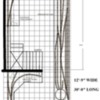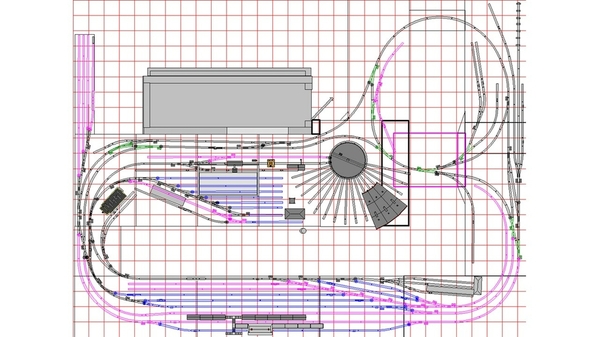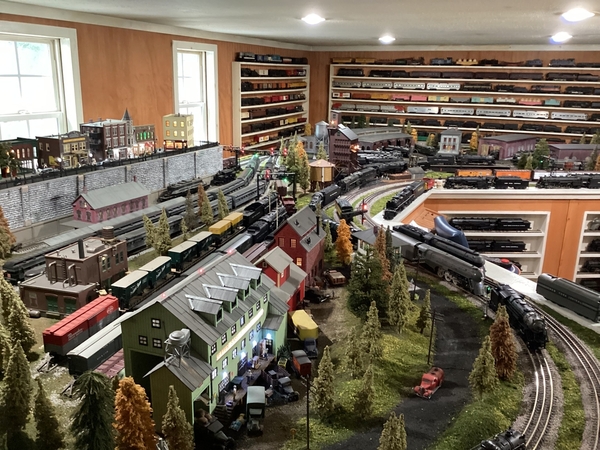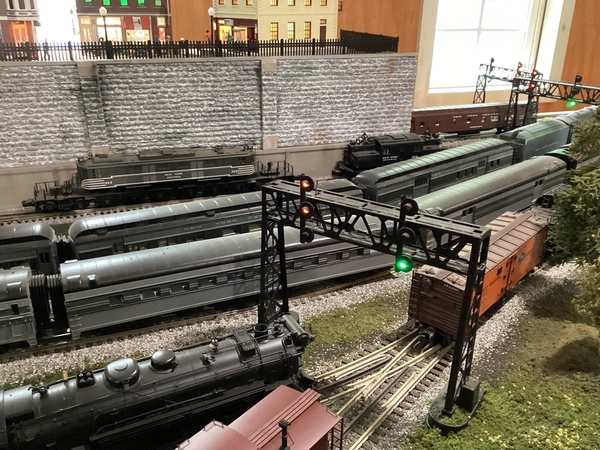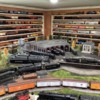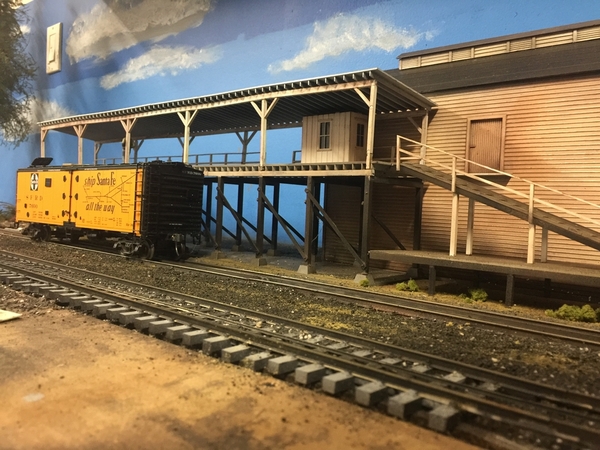I try to capture B&O operations through Cumberland MD in the early 1950s on my 3R O layout. I made a schedule based on reprints of real B&O materials I obtained from the B&O RR Historical Society and a public 1949 timetable. The 10 daytime passenger trains that passed through Cumberland are all included in my schedule. While my passenger cars are not models of actual B&O cars yet, my trains contain the right number, types, and order of cars based on a 1950 B&O Passenger Train Consist Book. I find it exhilarating to watch a 12-car passenger train that represents one that actually ran. I selected 15 scheduled freights from the freight schedule, again, daytime through Cumberland. I included their LCL Timesaver service and a set of eastbounders and westbounders (sections of 94 and 97) from various western points to various eastern points. There is a lot of fun switching in Cumberland (again, based on a B&O Freight Working Book), and a few passenger trains have route switching in Cumberland as well. To make up the ten passenger trains from my 25 passenger cars requires a bit of terminal switching, also fun and purposeful. Although coal trains made up the majority of B&O tonnage, they were all extras, so that's how I run them, too.
The layout is a twice around with stub-on-wye terminal. Cumberland is 7 tracks wide: main, passing siding, two doubled-ended tracks for arrival/departure yard, and 3 single-end body tracks, stolen directly from Armstrong's track planning book. The terminal yard is 12 tracks: 5 dedicated to freight are staging only, 1 wye tail track, 5 dedicated to passenger, and one track that flops between passenger engine ready track and Baltimore Pratt St. switching. The main line is about 1.1 scale miles long and is single track with 4 passing points including Cumberland.
I designed the layout before I decided on the B&O focus, so I get my physical plant is more suited to the parallel Western Maryland than its multitrack B&O competitor.
So far, I have run solo using a sequence schedule. I have considered group operation, but have not tried it yet.
I second the comments about reliability. Derailments, stalls, uncoupling destroy the fun. I am still working on those.
I do plan to add local freight to the scheme at some point. I have sidings at my towns of Hancock, West Cumbo, Shenandoah Junction, Cumberland, and Pratt St. Baltimore. In my opinion, a lot of the model railroad writing on operations focuses on the local freight. I have found it more energizing to give my mainline trains operating purpose.





